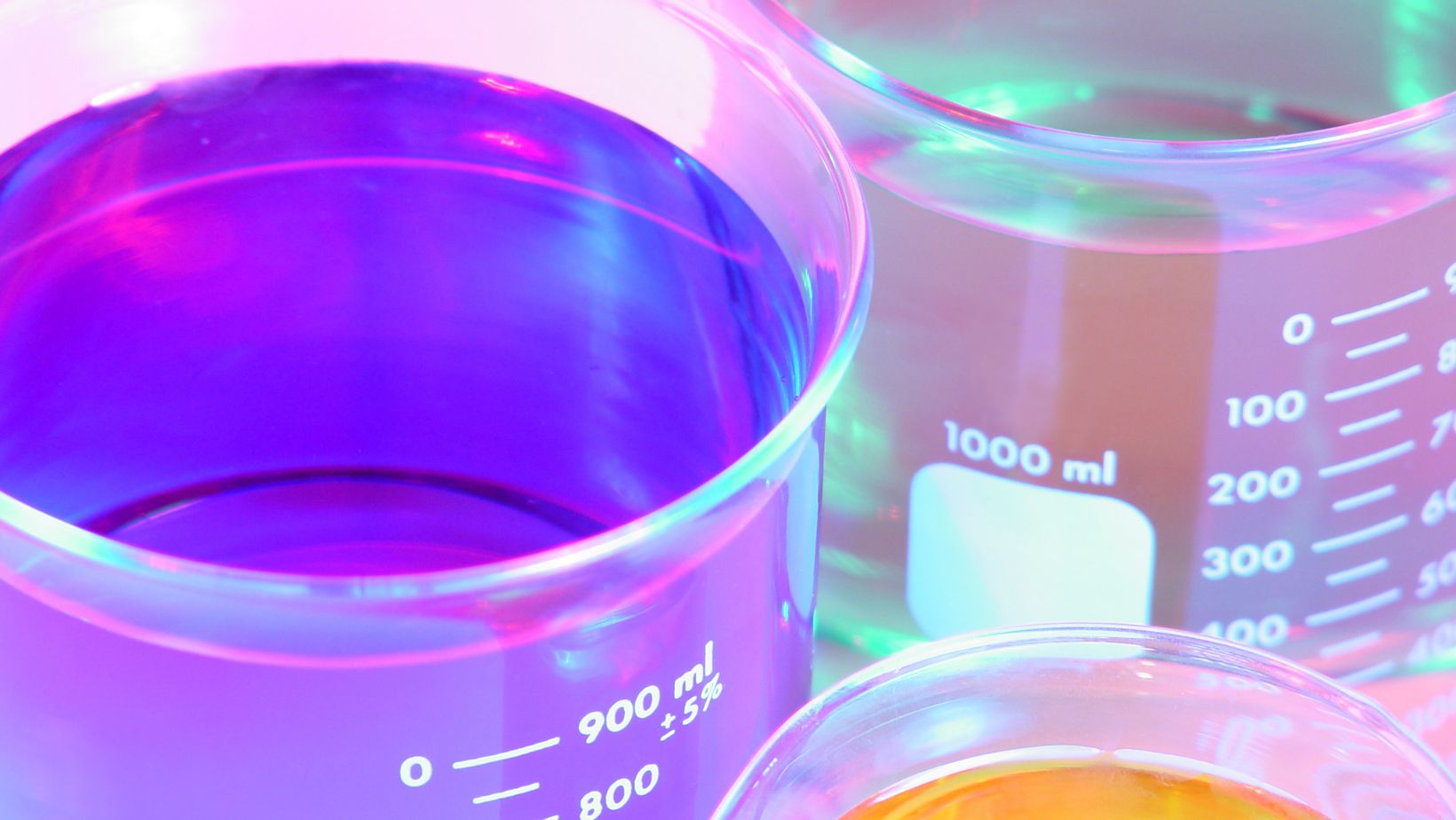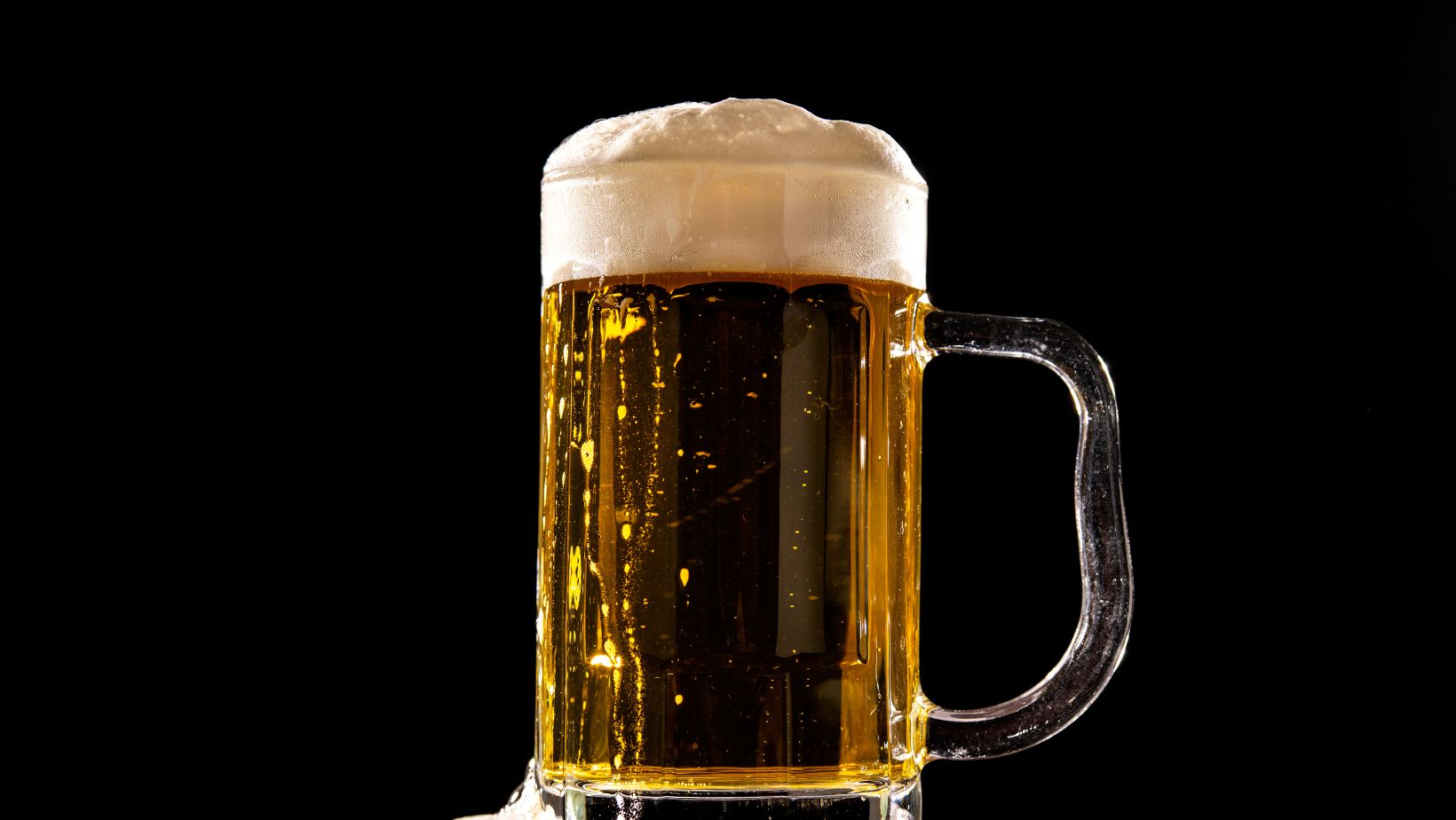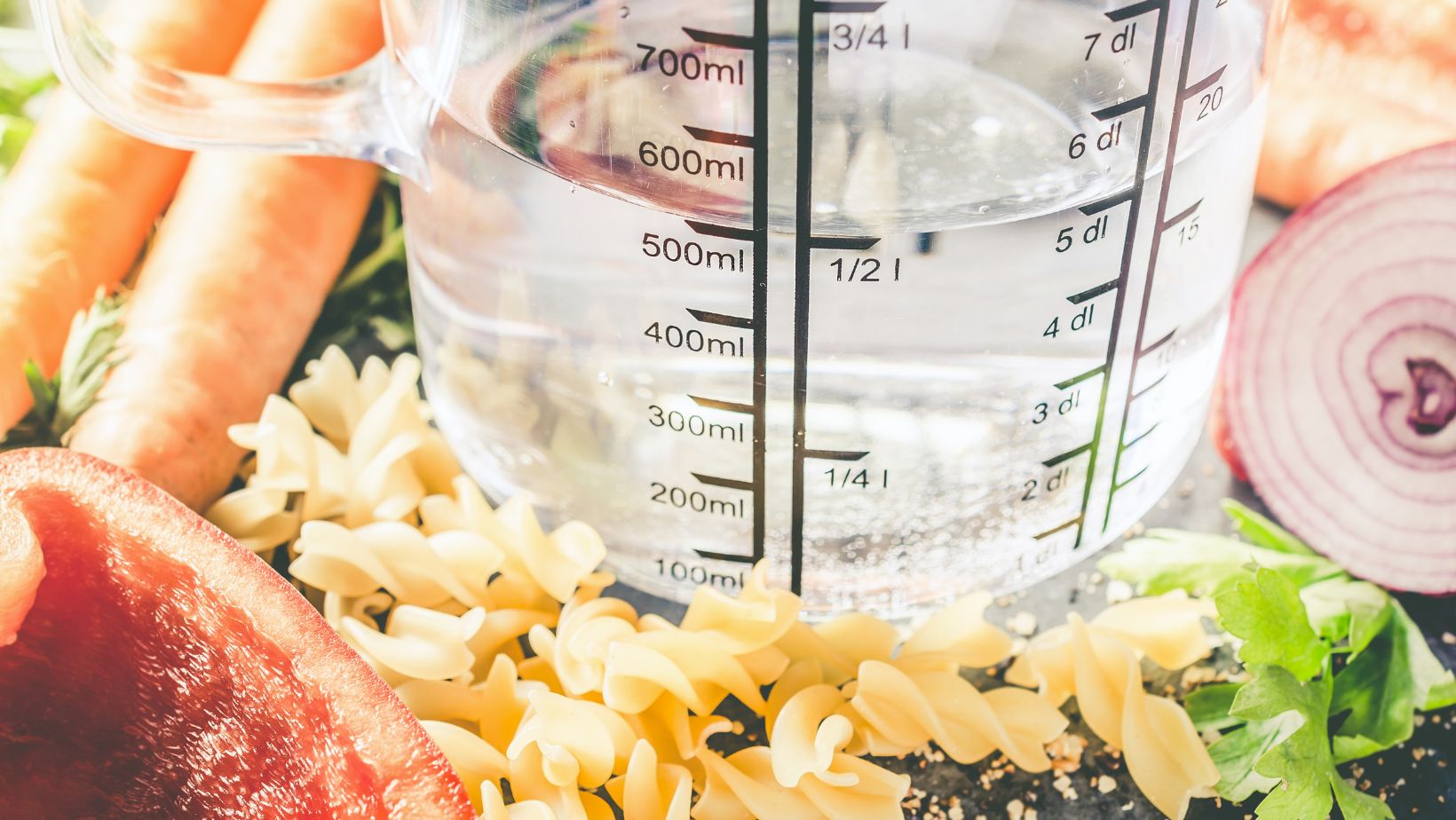How Many Ml In A Shot Glass: Understanding The Measurement

If you’ve ever wondered how many milliliters are in a shot glass, you’re not alone. As an expert in the field, I can tell you that the standard measurement for a shot in most countries is 1.5 ounces, which is equivalent to approximately 44 milliliters. However, it’s important to note that there can be some variation depending on the region and establishment.
In the United States, where fluid ounces are commonly used for measurements, a typical shot is around 1.5 fluid ounces or 44 milliliters. This amount is often considered a single serving of distilled spirits like vodka, tequila, or whiskey. It’s worth mentioning that some establishments may serve larger shots or offer different sizes based on their own preferences or local regulations.
How Many Ml In A Shot Glass
Standard Size of Shot Glasses
When it comes to measuring spirits or serving up a round of shots, shot glasses are the go-to choice. These small, cylindrical vessels come in various sizes and designs, but there is a general standard for their capacity. Most commonly, shot glasses hold around 44 milliliters (ml) or 1.5 fluid ounces (fl oz) of liquid. This standardized size ensures consistency when pouring shots and allows bartenders and enthusiasts alike to easily measure and track their alcohol consumption.
Different Types of Shot Glasses
Shot glasses not only serve as practical drinking vessels but also add a touch of style to any gathering. While the classic design features a straight-sided cylindrical shape with a thick base, there are numerous variations available that cater to different preferences and occasions. Some popular types include:
- Tall Shot Glasses: These elongated shot glasses have a taller profile than the traditional ones, offering more room for creative layered shots.
- Shooter Glasses: Shooter glasses have a slightly wider mouth compared to standard shot glasses, making them ideal for shooting drinks quickly.
- Novelty Shot Glasses: For those who want to inject some fun into their drinking experience, novelty shot glasses come in all sorts of shapes and designs – from miniature cowboy boots to tiny mason jars.
The type of shot glass you choose can enhance the overall experience and reflect your personal style.
Shot Glass Measurements and Conversions
Understanding how much liquid fits within a shot glass is essential when following recipes or converting measurements for different purposes. Here’s a handy reference guide:
| Measurement | Milliliters (ml) | Fluid Ounces (fl oz) |
| Standard Shot | 44 ml | 1.5 fl oz |
| Double Shot | 88 ml | 3 fl oz |
| Pony Shot | 30 ml | 1 fl oz |
It’s important to note that shot glass sizes can vary, particularly in different regions or establishments. Therefore, it’s always a good idea to double-check the capacity of your specific shot glasses before using them for precise measurements.

Standard Size of a Shot Glass
How Many Milliliters are in a Standard Shot Glass?
When it comes to measuring the volume of liquid in a shot glass, the most common unit used is milliliters (ml). A standard shot glass typically holds around 44 ml to 50 ml of liquid. This measurement is widely accepted in many countries, including the United States. It’s important to note that this volume can vary slightly depending on the design and shape of the shot glass.
Understanding the Ounce-to-Milliliter Conversion for Shot Glasses
For those accustomed to using ounces as a unit of measurement, it’s helpful to understand how they convert to milliliters when it comes to shot glasses. One fluid ounce is equivalent to approximately 29.6 milliliters (ml). Therefore, if you come across a recipe or label that specifies an amount in ounces, you can easily convert it by multiplying the number of ounces by 29.6.
To illustrate this conversion further, here’s a table showing some common shot glass sizes and their corresponding volumes in both ounces and milliliters:
| Shot Glass Size | Volume (oz) | Volume (ml) |
| Small | 1 oz | 29.6 ml |
| Standard | 1.5 oz | 44.4 ml |
| Large | 2 oz | 59.2 ml |
Keep in mind that these conversions are approximate as there may be slight variations between manufacturers and regions.




